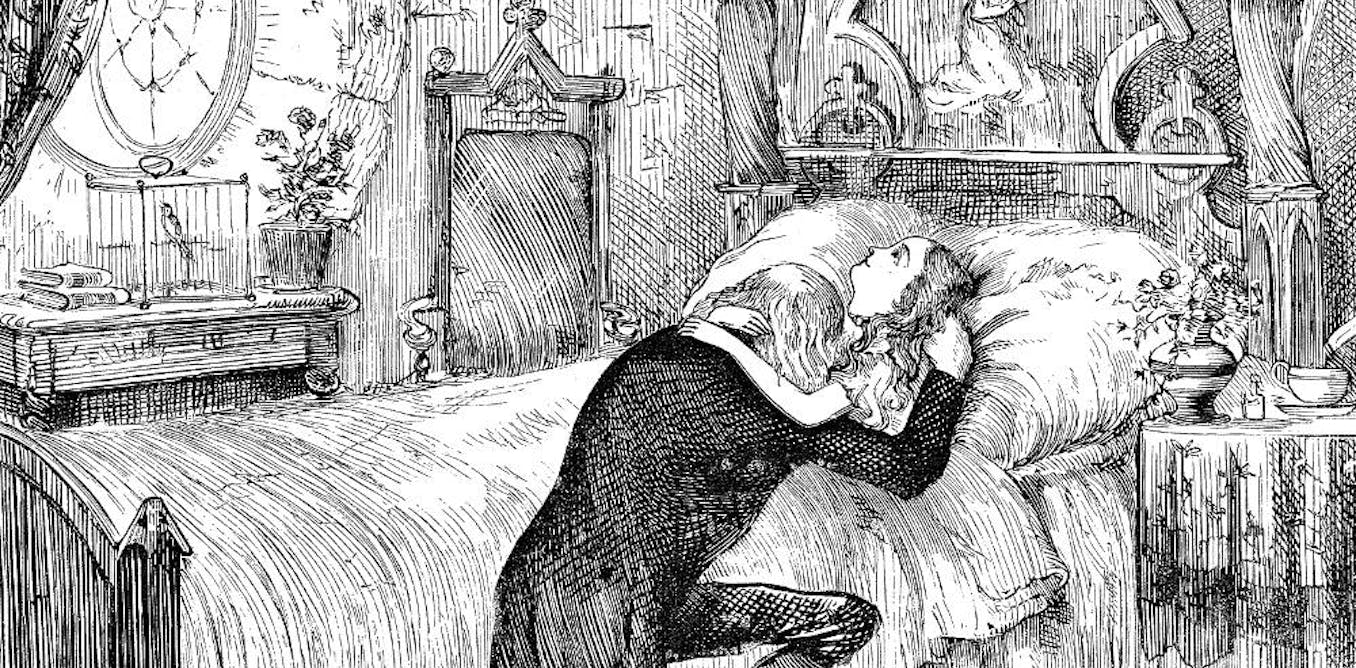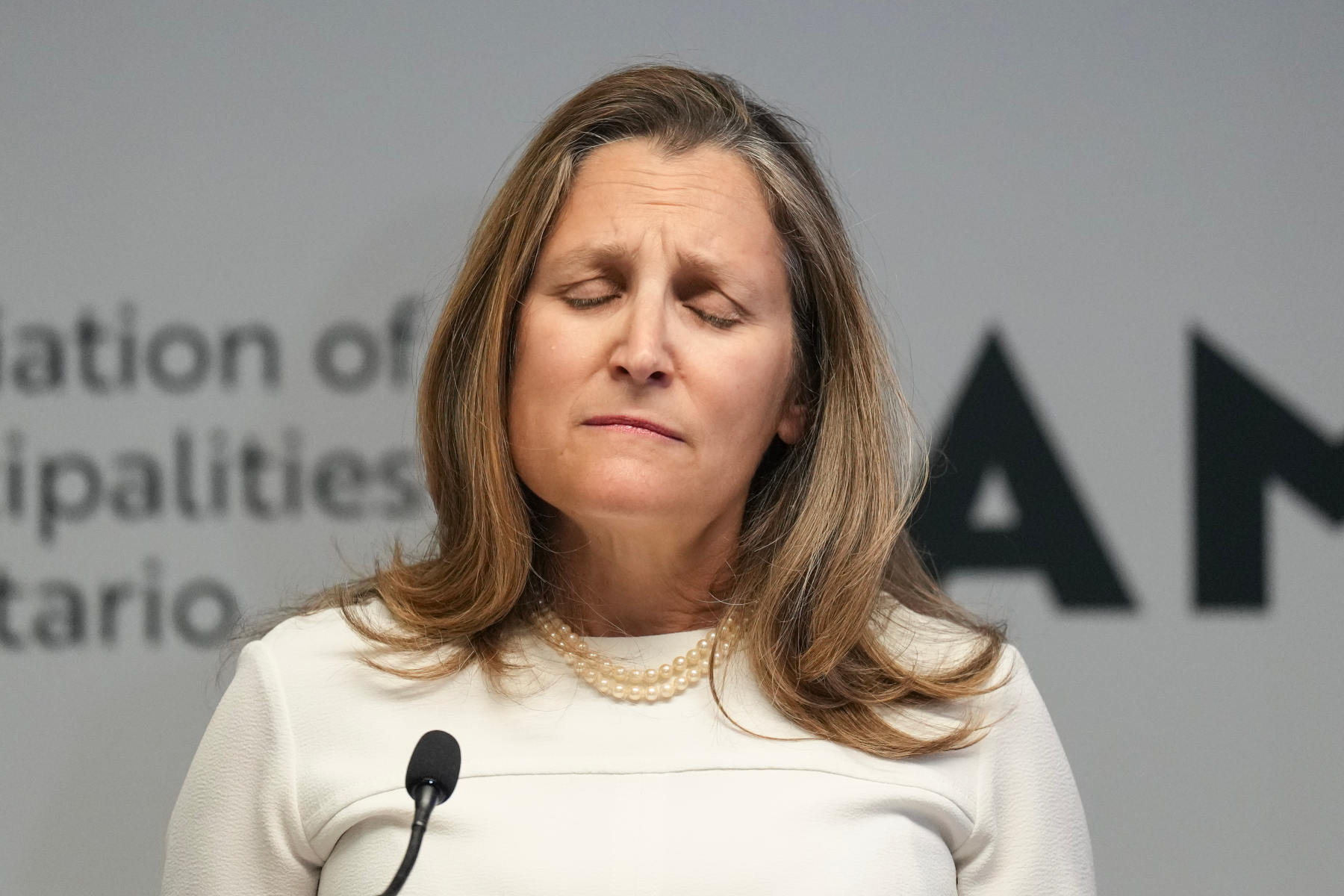
Infectious diseases killed Victorian children at alarming rates — their novels highlight the fragility of public health today
Andrea Kaston Tange does not work for, consult, own shares in or receive funding from any company or organization that would benefit from this article, and has disclosed no relevant affiliations beyond their academic appointment.
Modern medicine has enabled citizens of wealthy, industrialized nations to forget that children once routinely died in shocking numbers. Teaching 19th-century English literature, I regularly encounter gutting depictions of losing a child, and I am reminded that not knowing the emotional cost of widespread child mortality is a luxury.
In the first half of the 19th century, between 40% and 50% of children in the U.S. didn’t live past the age of 5. While overall child mortality was somewhat lower in the U.K., the rate remained near 50% through the early 20th century for children living in the poorest slums.
Threats from disease were extensive. Tuberculosis killed an estimated 1 in 7 people in the U.S. and Europe, and it was the leading cause of death in the U.S. in the early decades of the 19th century. Smallpox killed 80% of the children it infected. The high fatality rate of diphtheria and the apparent randomness of its onset caused panic in the press when the disease emerged in the U.K. in the late 1850s.

_social_media.jpg)




















%20copy.jpg)